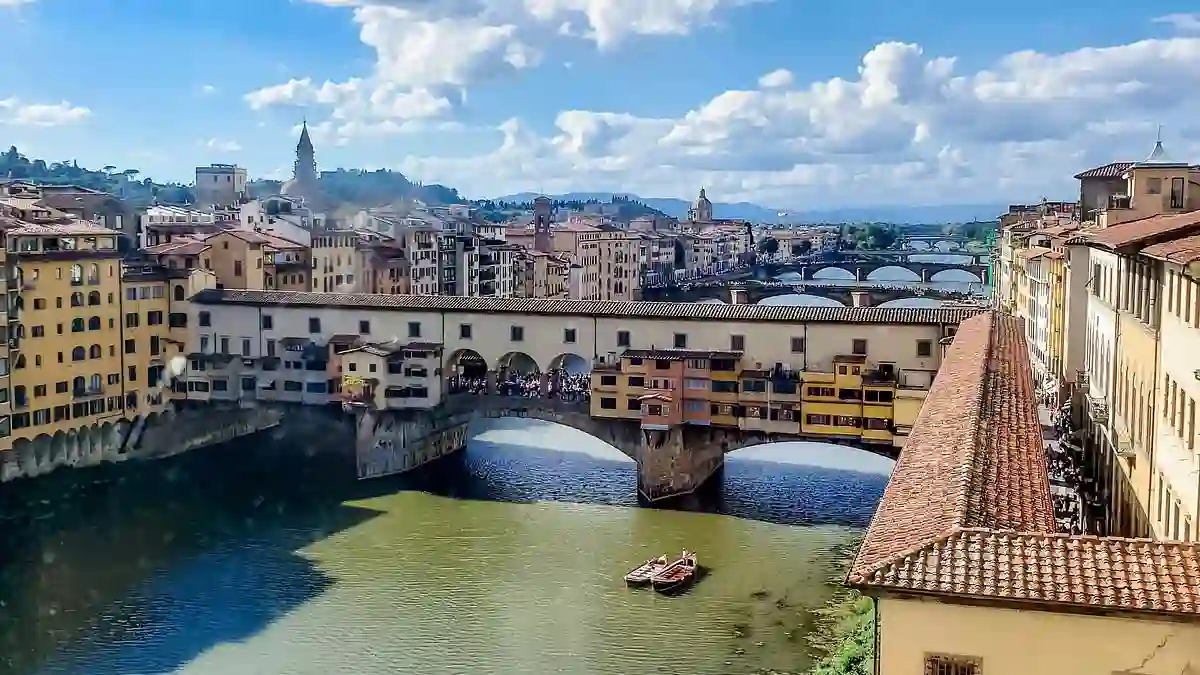While Europe is typically bustling with tourists during the summer, something unusual is happening in Florence.
The historic Italian city, known for Michelangelo’s David and its stunning Duomo cathedral, is seeing hotel rooms go unbooked at a surprising rate—and it’s not just because of high prices or the heat.
Half the Rooms Are Empty
Local hoteliers are ringing the alarm bells. Monica Rocchini, who heads a hoteliers’ group in Florence, revealed that only about 50% of rooms are being booked this summer.
That’s a steep drop from previous years, and the trend has been going strong since May.
She mentioned that prices have been forced down due to the lack of demand—because when rooms are sitting empty, hotels have little choice but to slash rates.
Americans Are Canceling—and Here’s Why
One big factor? American tourists, who usually make up a large chunk of the city’s higher-spending visitors, are backing out.
Rocchini pointed to recent political tensions, specifically former President Donald Trump’s tariff announcements, which spooked many U.S. travelers into canceling their European plans altogether.
Locals and Tourism: A Complicated Relationship
Rocchini also suggested that part of the problem may lie in local attitudes toward tourism.
“Having tourists doesn’t mean becoming touristy,” she said, adding that many residents still struggle with how to balance their day-to-day lives with the influx of visitors.
The economic benefits are clear, she argued—but not everyone sees it that way.
A Wider European Backlash
Florence isn’t alone in this. Across Europe, there’s been a growing movement pushing back against what locals see as unchecked tourism.
Earlier this year, activists made a bold statement at a ski resort in the Dolomites, spelling out the words “too much” in bright red letters across the snowy mountainside—right under a ski lift at Alpe di Siusi.
“We Were Called Troublemakers,” Say Protesters
Brigitte Foppa, a local councillor from the European Greens party, warned that tourism had been growing steadily and unsustainably in these areas for years.
“Now we’re paying the price,” she said, describing the resulting tension as a “wound in society.”
Locals Taking Matters into Their Own Hands
Last summer, residents in the Dolomites even painted a “priority” lane on a road to highlight how tourists were clogging access to cable cars—making it harder for locals to go about their day.
Complaints have also been growing about how overwhelmed some mountain areas have become, with social media adding fuel to the fire.
The Instagram Effect: Crowds and Chaos
The Seceda area in the Alps has become especially popular with influencers and selfie-seekers. But that popularity comes at a cost.
Videos shared online show long queues of tourists spilling into nearby cafes, blocking staircases, and turning peaceful hiking paths into gridlocked trails.
One viral post summed it up perfectly: “Hours in line waiting your turn to go up to Seceda, being careful not to step on anyone’s feet, trying to take the perfect selfie while surrounded by other tourists.”
What was once a serene escape has now started to feel more like a theme park than a natural haven.
